
Lowther’s legendary Hegeman Sound Reproducer loudspeaker dates from 1951. Large and impressively retro, it stands around 4ft tall, 4ft wide, 2ft deep – and weighs about 150kg. It was a collaboration between Donald Chave and Stewart Hegeman, who later developed harman/kardon’s Citation series.
Unusually labour-intensive to produce, the Hegeman’s horn and cabinet are hand-built from marine ply and takes around 16 weeks to construct. They’re handsomely vintage with superb book-matched veneers as befits a bespoke individually hand-crafted product.
As befits a speaker from the pre-stereo era, the Hegeman produces a broad spread of sound rather than being highly directional. The aim is to impart a sense of spatial breadth to the reproduction, thereby enhancing the impression of width – very important for single-speaker mono.
The Hegeman is quite unlike any modern loudspeaker. It uses a single internally mounted Lowther drive unit (pointing away from the listener) partnered with two horns. Efficiency is very high – around 100dB – and (of course) there’s no crossover.
Back to the 50s
The original 1951 Hegeman used a Lowther PM4 drive unit. But this new version features a driver with a field coil – an electromagnet where a DC current creates its magnetism. An ancient technology by audio standards, field coils were used back when permanent magnets had limited strength.
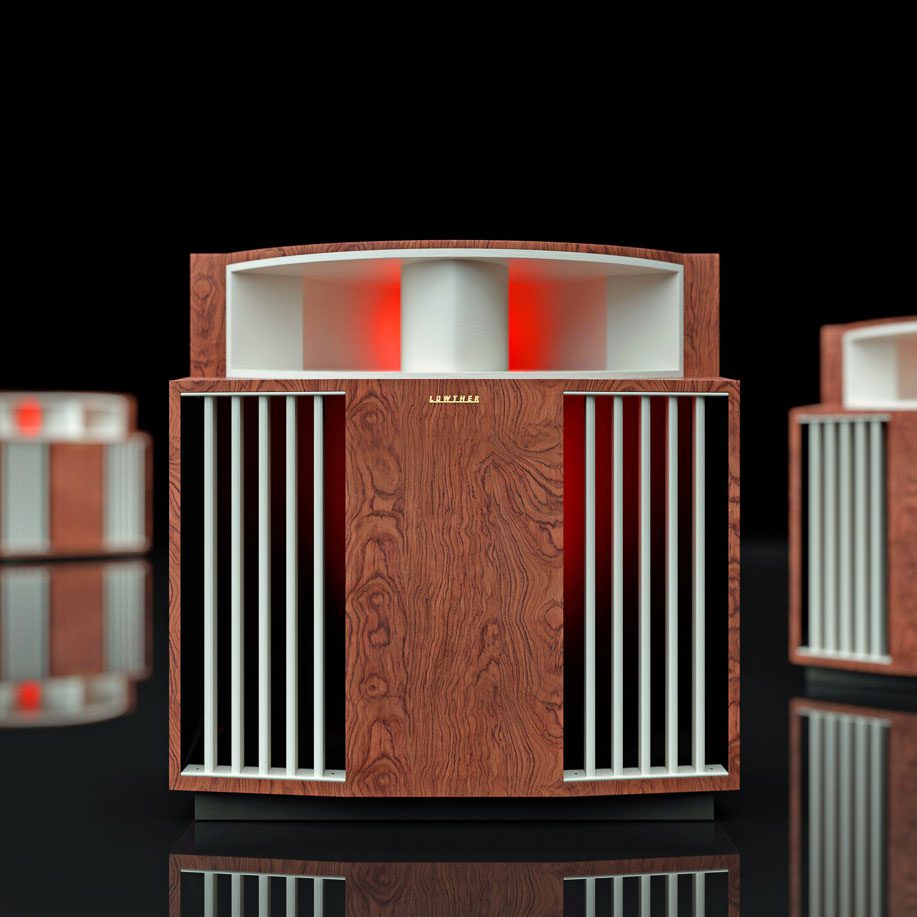
Nowadays, nearly all modern loudspeaker drive units use a permanent magnet for the motor – it’s a simpler, cheaper, more elegant solution. Consequently, the field coil has largely been consigned to the dustbin of history. Yet the field coil principle never entirely disappeared…
Advocates claim field coil drive units sound more transparent and musical, making their permanent-magnet counterparts seem compressed and veiled in comparison. But why should this be? After all, they’re both magnets. Well, surprisingly, there are some important differences…
A permanent magnet creates an aligned electron spin. An electromagnet generates a moving electric charge which means the electron spins are not aligned. As a result, a field coil driver’s flux density remains constant as the voice coil moves in the motor’s gap.
Flux density
Permanent magnets do not achieve this constancy and suffer from losses of flux density when the motive force of current is present. Field coils create a stronger more efficient motor. Power delivery, determined by current and voltage, is more constant and stable.
This is a key factor determining the superior sound quality of field coil drivers compared to permanent magnet drivers. Certainly, the Hegeman offers exceptional clarity and a relaxed, effortless, likeable, and musically involving presentation.
The Hegeman is surprisingly smooth and integrated. It sounds richly organic and warm, subtle, and focused, without being tonally thin or antiseptic. The results are very cohesive and effortless; you get a strong, powerful sound, yet the total effect is never oppressive or overwhelming.
You can sit anywhere in the room, on or off axis, and the tonal balance remains much the same. The Hegeman extracts lots of inner detail from recordings yet does so without highlighting limitations or flaws in your source material. It’s an amazingly listenable loudspeaker.

If modern high-end systems are akin to a sports car, or a Formula-One racing car, the Hegeman is more like a limousine – built for comfort rather than speed. As befits the hi-fi equivalent of a Rolls-Royce Silver Cloud, you experience a smooth elegant luxurious musical journey.
But, while the early 1950s witnessed the birth of the vinyl LP, shellac 78s remained the dominant medium for some time. The BBC did not introduce FM broadcasting in the UK until May 1955, so radio sources would have been limited to AM with its 5kHz high frequency limit.
The 1950s might have been the dawn of the high-fidelity era, but most sources were distinctly low or mid-fi. Therefore, loudspeakers of the post-war years needed to get the utmost from whatever sources they were fed – emphasising strengths, rather than highlighting weaknesses.
A typical modern high-end speaker might impress on first-rate source material, but reproducing old recordings – those with a restricted frequency range, limited dynamics, and a degree of background noise – the end result often leaves you underwhelmed and disappointed.
The Hegeman always shows you more of what’s right with your recordings, rather than what’s wrong with them. Of course, superior wide-range recordings will sound better, but older more limited material remains musically engaging and rewarding to listen to.
This is partly because the higher frequencies are not coming from a small point source. Directional loudspeakers using small dome tweeters act like a searchlight, creating piercing concentrated highs. The Hegeman’s high frequencies are broader, more diffused, softer, and sweeter.
Phase coherent
It’s very phase coherent, with a full and articulate mid-band reproducing lots of detail. The Hegeman projects effortlessly, allowing you to enjoy vibrant vivid music reproduction – even on recordings with limited dynamics and/or a restricted bandwidth.
The Hegeman’s bass horn extends the lower frequencies to about 40Hz, which is very respectable. And while we’re not talking about trouser-flapping bass here, the bottom-end subjectively sounds impressively weighty and full-bodied.
Playing tracks from Roger Waters’ Lockdown Sessions album on vinyl, the result was very intimate and communicative – delicate yet powerful. Even using a 3W single-ended tube amp, the Hegeman effortlessly filled a large 16ft x 30ft room without seeming to break sweat.
The sound was surprisingly gutsy on ‘Blues for Will’ for solo double bass. It was hard to believe such a rich full-bodied sound could be achieved using a 3W amplifier! Yet, although the sound was big and powerful, it never threatened to overwhelm the listener. It was always comfortable and effortless.
The result was lifelike and natural in terms of timbre and scale, with a rich woody-fullness that sounded uncannily live and real. Yet your attention was always focused on the music – not the sound of the music, or the equipment reproducing it. Because of its broad diffuse non-directional dispersion, the Hegeman does not deliver razor-sharp stereo images. Soundstaging is reasonably precise, but not as pinpoint-focused as a more directional speaker. Nor is the central phantom image quite as crisply defined.
Those with space should try placing the Hegemans as wide apart as possible – certainly, more so than with a typical directional speaker. You might also want to experiment by adding a smaller (directional) centre-speaker to firm up centrally placed images.
Back to mono
The other possibility is – to ditch stereo altogether and go back to mono from a single loudspeaker! Of course, stereo adds an extra dimension. Yet good mono reproduction is very calming and satisfying – it’s very intimate and relaxing to listen to.
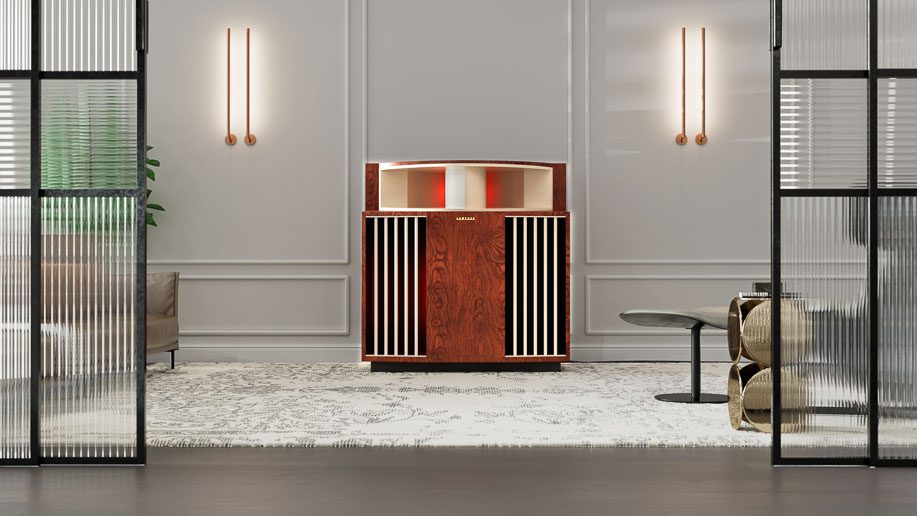
Strangely, this doesn’t need to be explained quite as much to Generation X and Millennials as it does to older generations of listeners. Many younger listeners are used to listening to music in mono. They enjoy the presentation that is at once as calming as it is energising. We often obsess about stereo imagery, but do so at the expense of the core of what music is all about. Mono – good mono – cuts through that, as is the case here.
Inevitably, this is reflected in the price. A pair of Lowther Hegemans in will set you back a cool £96,000 – or £54,000 for one. So, they’re not inexpensive. But they offer a unique signature – both sonically and visually – and produce a beautiful sound that’s wonderfully pleasurable to listen to. Not bad for a loudspeaker design that’s in its 70s!
Technical specifications
- Type: Single-driver horn loudspeaker
- Drive Unit: Lowther Field Coil Unit, PMA4
- Impedance: 8 or 15 ohms
- Sensitivity: 98–100db
- Frequency Response: 30Hz–20kHz
- Finish: Olive Veneer. The Cabinets can be supplied with alternative premium veneer options
- Dimensions: 1130w × 600d × 1140h (mm)
- Weight: 150 kgs per loudspeaker
- Price: £54,000 per loudspeaker, £96,000 per pair
Manufacturer
Lowther Loudspeaker Systems Ltd
+44(0)208 300 9166
Tags: FLOORSTANDING LOUDSPEAKER LOWTHER HEGEMAN SOUND REPRODUCER
By Jimmy Hughes
More articles from this authorRead Next From Review
See all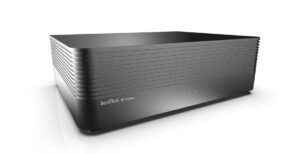
IsoTek V5 Sigmas power conditioner
- Jun 27, 2024
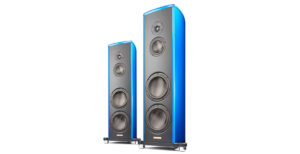
Magico S3 floorstanding loudspeaker
- Jun 27, 2024
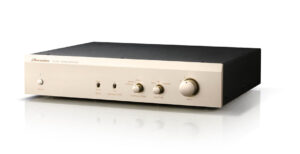
Phasemation EA-350
- Jun 19, 2024
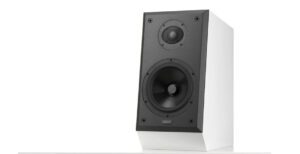
Epos ES14N
- Jun 19, 2024








